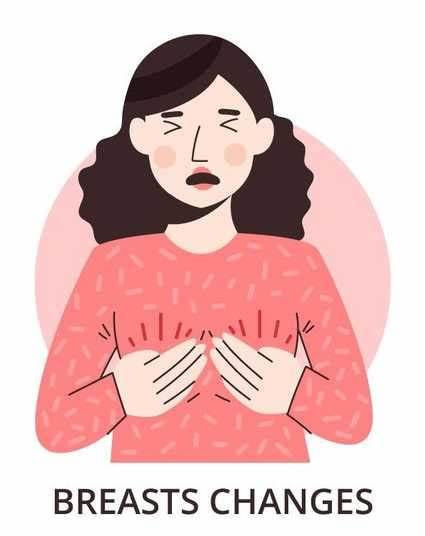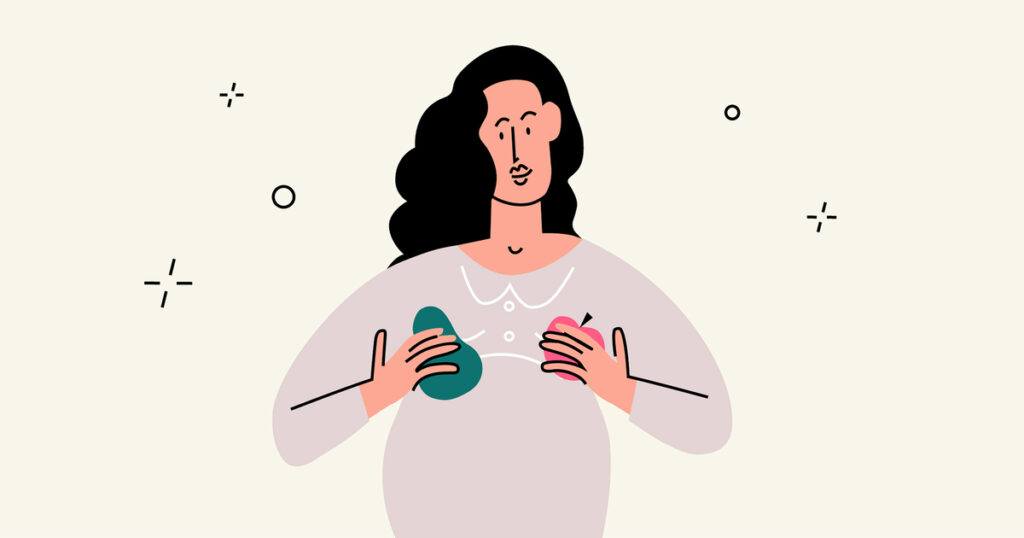We will know everything about how the breast changes during pregnancy in detail through this blog post from Bekoka press.
Breast changes are one of the first signs of pregnancy for many women as well as your breasts would then continue to evolve throughout your pregnancy.
The tiers of the hormones estrogen and progesterone in your body are impacted by pregnancy. These hormones are to blame for a number of the changes you could notice and play a crucial role in preparing the breasts for lactation.
breast changes during pregnancy
Estrogen stimulates the growth of breast duct cells and causes prolactin, some other hormone, to be secreted. Prolactin promotes breast growth as well as milk production. Progesterone encourages the development and expansion of milk-producing cells inside the breast glands.
Following childbirth, estrogen and progesterone supplementation fall while prolactin levels rise, enabling lactation to happen.
Early pregnancy symptoms

breast changes during pregnancy frequently begin before you are too far to test positive. Shifts could include:
Breast swelling, aches and pains or gentleness, a massive feeling, or a feeling of fullness
Throughout the first trimester, your breasts start changing and becoming heavier.
Is this a pregnancy symptom or PMS?
Several of the signs of early pregnancy are similar to those of premenstrual syndrome (PMS). As a PMS symptom, you could experience sore, heavy, or tender breast changes during pregnancy during the second half of the menstrual cycle. Your breasts could ache or feel lumpy. These physical symptoms, like those of early pregnancy, are caused by the release of hormones like progesterone.
alterations in the first trimester
Your body’s blood volume grows during the first trimester to meet the formative requirements of the developing fetus. It might cause the blood vessels on your breast changes during pregnancy to enlarge, turn blue, and become increasingly visible. Your breasts would then proceed to grow in size as well. They could feel tender and swollen, but these symptoms usually go away within the first weeks of pregnancy as your body adapts to the hormonal fluctuations. You could experience pain in your armpits. The breast in that area is known as the Tail of the Spence.
Adjustments in your nipples may also occur. They may grow more significant and delicate, and you might notice the areola darkening.
Second-trimester modifications
Estrogen levels continue to increase during the second trimester. As the milk ducts develop, your breasts would continue to appear heavy or complete, and you may have to buy a giant bra to cater to your next. You can either increase one cup size or several.
Think about purchasing fitted to find the best bra size for you. Even if your breasts continue to alter and you might only be in a new bra size for a short time, wearing a bra that will make you comfier.
During the first weeks of the second trimester, your breasts would also start producing colostrum.
Third-trimester modifications
As your body prepares to give birth, your breasts become heavier and denser. Your nipples would then grow more extensive and more prominent. They could also alter their shape. Your nipples and areola could darken markedly further.
You could encounter itchiness or dryness as the skin on your breasts stretches to cater to their following. If so, a delicate moisturizer would be beneficial.
When will you begin producing milk?
Your breasts would then continue to produce colostrum for a short time now since your baby is born. Colostrum is high in nutrients and antibodies. It’s thicker, darker, and stickier than the breast milk you’ll convey in more significant quantities once colostrum power generation ceases.
Leakage can indeed be unpleasant during pregnancy. Insert registered nurse pads into your bra to absorb the milk and keep stains or wet spots from penetrating your clothing. Expendable pads are accessible, as are eco-friendly reusable pads.
Your breasts would then change and expand during your pregnancy and breastfeeding, regardless of your current size. These adjustments do not indicate how much milk you would produce or your capacity to nurse.
Pregnancy and bras
You should be able to start looking for larger-sized bras by the finish of your first trimester, if not sooner.
When it comes to pregnancy, and registered nurse bras, solace, assistance, and ease of usage are all critical factors to consider.
Remember that your breasts will continue to grow heavier and more prominent as your baby grows and then shrink again once your milk supply arrives. Choose bras that are easily adjustable to scale changes, or purchase additional few bras in different sizes. If you’re not sure what size or type of bra to get, think about going to a bra-specific store. All through your pregnancy, the salespeople ought to be capable of fitting you and advising you on your bra needs.
The inexpensive way in a few nap bras as well. All through childbirth, your breasts will be soft and heavy, and sleeping with a bra could be comfier than falling asleep without one. Numerous pregnancy sleep bras offer light assistance in styles that are simple to slip into, like wraps.
Breast stretch marks during pregnancy
Stretch marks on the edges of the front or of your breasts are common during pregnancy. To avert this and keep your complexion as pliable as possible, apply a good moisturizing cream or oil every day before bed. There is no did try stretch-mark cream, but maintaining moisturized skin could help reduce loose skin and remove dryness and itch.
What changes will take place in the breasts after pregnancy?
Pregnancy causes significant changes to your breasts. Your breasts would then be substantial within a week of delivery because they will continue to produce breast milk. Engorgement can occur if your breasts become overly full or if you produce more milk than you can express. Breastfeeding or pumping frequently would be beneficial.
When a woman stops making breast milk, her breasts “snap back” to their initial shape and size. Everyone else stays the same size or loses some of their elastic moduli. Numerous factors could contribute to these adjustments, such as:
- The duration of breastfeeding genetics
- Weight gain and loss during and after pregnancy
- Your nipples could return to their original size and shape. After you stop breastfeeding, they would then gradually lighten in color.
References


